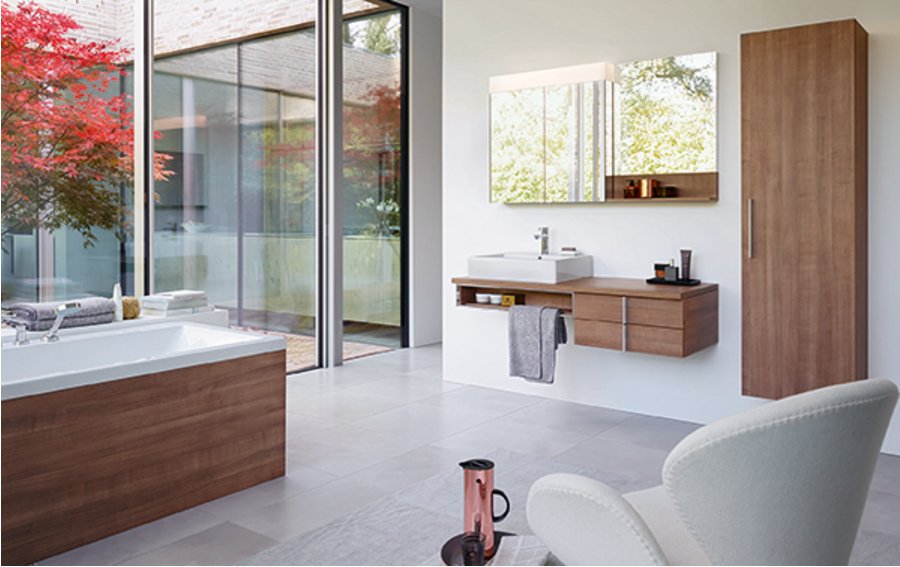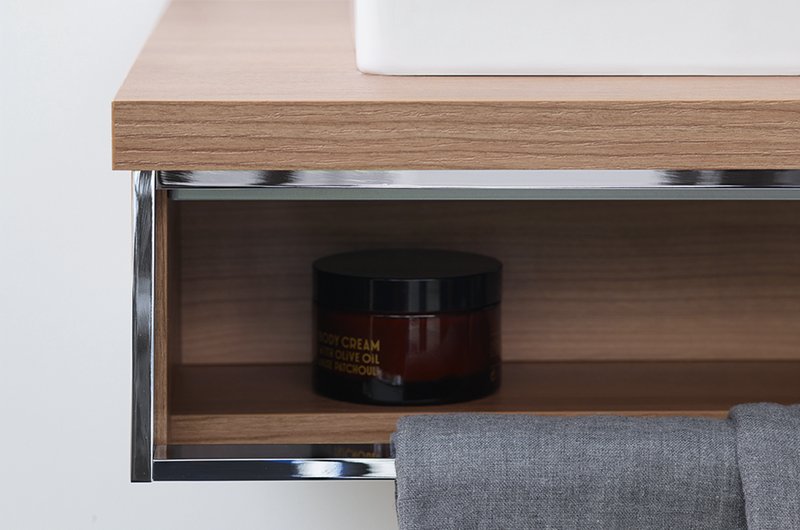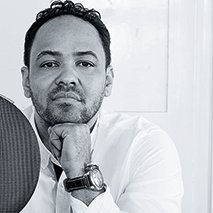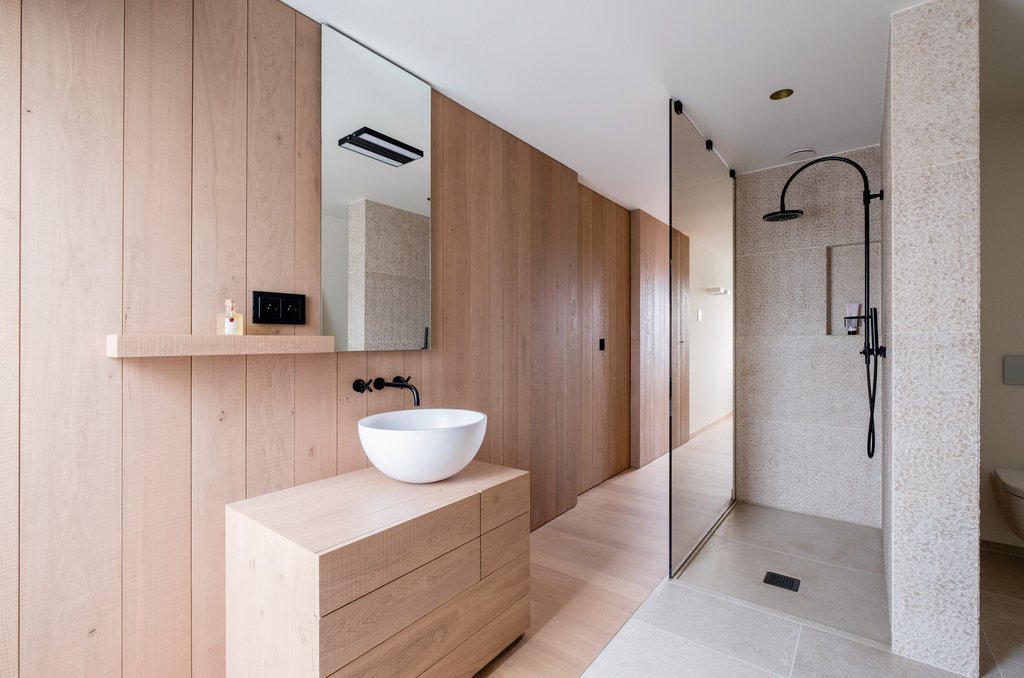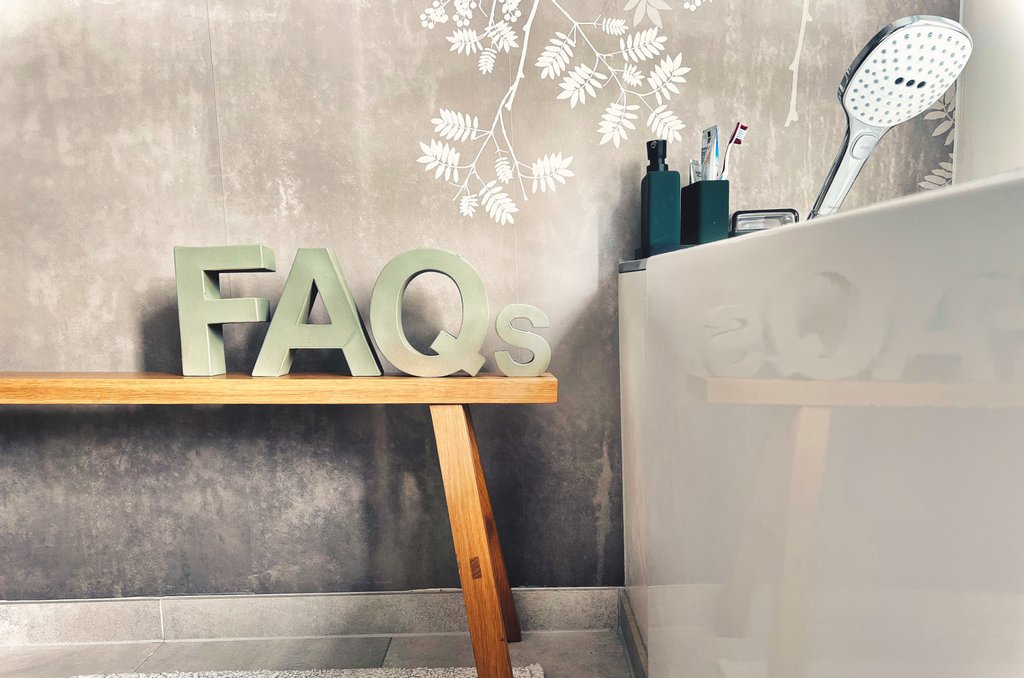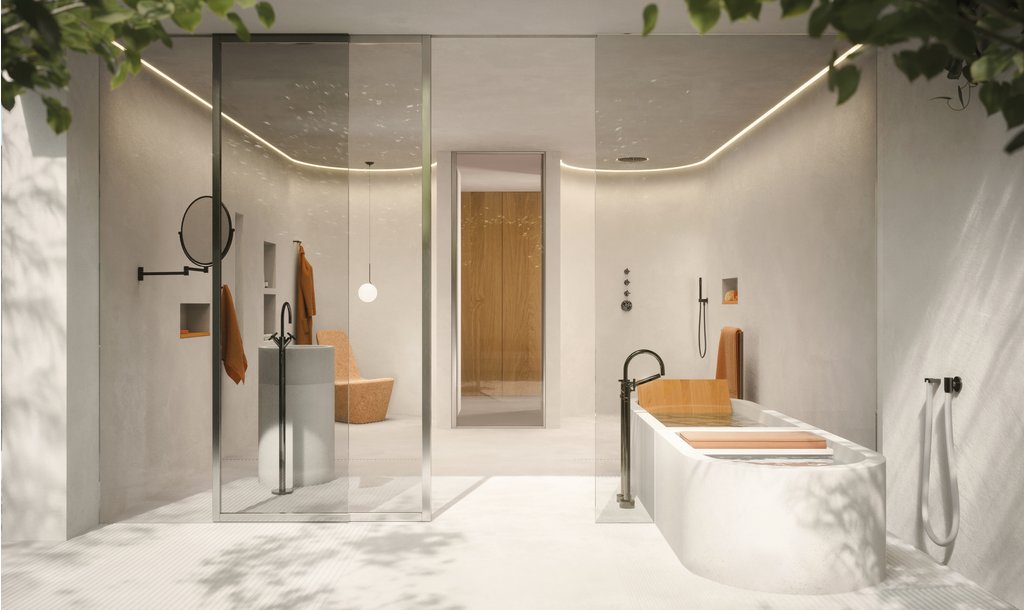Your mother, a fashion designer, comes from Ghana, and your father’s roots are in Switzerland, where he has a furniture factory. You grew up with both cultures. How much have they influenced your work?
Both cultures were and still are very apparent in my life. I went to a Swiss school in Ghana, with people from all over the world. We also travelled almost every year to Switzerland for holidays to visit my father’s friends and family. On the other hand I was exposed to the Ghanaian culture on a daily basis, thanks to my mother, in the form of Ghanaian food and the constant stream of visitors. My experiences with two very different cultures have helped me understand that no culture has it all. So I try to find a good balance for every situation and live in the best of both worlds.
You were born in 1978. How would you characterise the new generation of designers today?
Most of our technology has a dead end and is not actually very smart if you take a closer look. We redesign and not re-invent, because we soon realise that it takes a lot of dedication, diligence and time to create something good. For me, a designer who invests his time in the processes involved with creating an idea is the one who will succeed in creating real value and most likely come up with something great. There is a saying by Beverly Sills: “There are no shortcuts to a place worth going.”
Do you have a guiding principle that inspires you?
Inspiration that counts is one that is followed through until it bears fruit. Otherwise it becomes a dream or just a nice thought. There are three words that are very important to me and which I always consider when approaching a new project: culture, purpose and life. Depending on the project at hand these three words bring forth different answers and may even be cause for new questions. Culture is simply the way we do things. Purpose is what we do it for. And life is the process, it gives me the bigger picture, not only the beginning and the end, but what is even more important what happens in-between. Put simply: “You have to be in love to know what it feels like, there is no other way.” Therefore being involved in the process is very important for me, to be able to contribute and see the big picture.
How does this work with the Vero bathroom furniture range?
First I wanted to understand the history of the Vero ceramic collection and its success story. Through that I was able to translate its aesthetic preferences, its simple lines and well-balanced proportions, to the furniture collection. Also its practical side was immensely important, with its wide range of possibilities in size and types. Another example is the vertical handle. Here again the process determines the result. I have encountered several bathroom furniture pieces where the handle is in the way when using the sink. The vertical arrangement solved the problem, automatically giving it a new aesthetic look.
What particular challenges did you face in designing for the bathroom?
The bathroom gives you a fresh start to your day and brings it to a close at night. It is also used in the course of the day by guests, friends and family or for a quick freshen up, to get ready, even as a storage place. So the challenge is to make it a practical space not just for simply getting it over with, but also an area where you can take a relaxing break. In addition, one has to consider that the bathroom is not a very flexible place; there are plenty of regulations and technical implications that have to be reconciled with everyday living.
What current developments do you see in the bathroom and what is the role of technology?
I think managing “space” will become increasingly important in the future. Our planet is not getting any bigger but the population is growing. Most people living in cities or even on islands are desperate for new ways of using space more intelligently, for example by building new houses on top of each other. Inevitably this will also affect the way we go about planning bathroom space – whether it means combining the bathroom with another room or just having an intelligent bathroom system that uses the available space efficiently. Technology will play a secondary role; it should support new ideas and not define them.
Further information:
www.duravit.co.uk
kurtmerkijr.com
